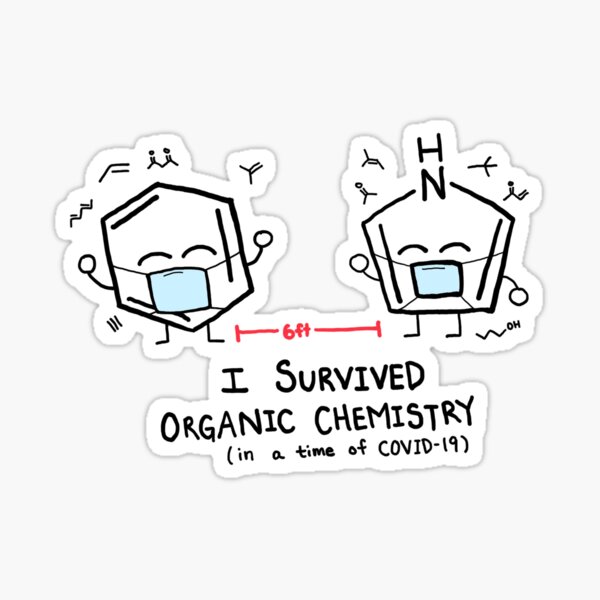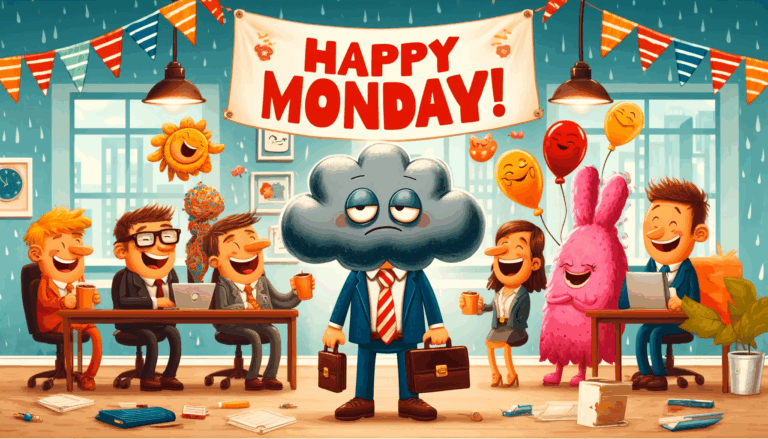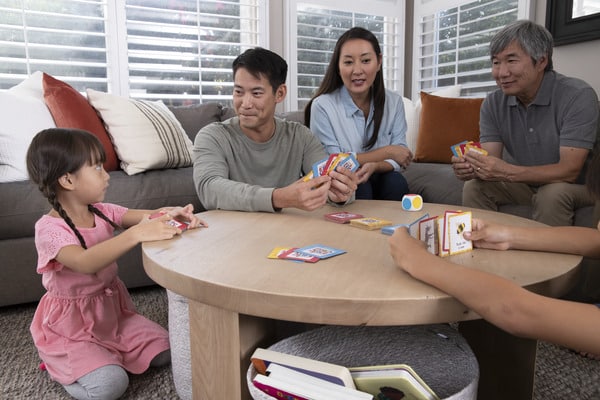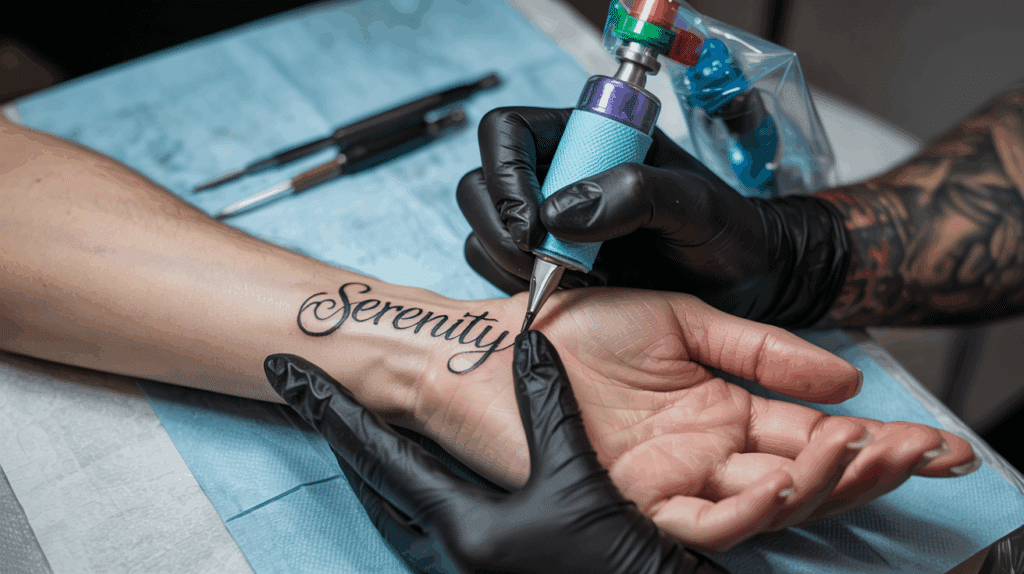Let’s face it: organic chemistry can be tough. Many students and scientists find themselves scratching their heads over complex molecular structures and reactions. But who says learning can’t be fun?
I’m here to inject some humor into your chemistry studies. In this article, I’ve collected over 177+ organic chemistry jokes that will have you laughing in the lab.
Get ready for a mix of clever wordplay, nerdy references, and chemistry-themed humor. I’ll share jokes that’ll make you groan, chuckle, and maybe even snort your coffee.
So grab your lab coat and safety goggles – it’s time to explore the lighter side of organic chemistry!
List of Hilarious Organic Chemistry Jokes You Need to Hear

-
Why do chemists like nitrates so much? They’re cheaper than day rates!
-
Why was the benzene molecule always invited to parties? It was a-romatic!
-
What did one orbital say to the other? “We have great chemistry when we overlap!”
-
Why don’t chemists trust atoms? They make up everything!
-
What do you call a tooth extracted using only chemistry tools? A molar solution!
-
Why did the chemist name his dog “Curium”? Because it was radioactive!
-
How do you make a hormone? Don’t pay her!
-
Why was the mole of atoms upset? It had Avogadro’s problems.
-
What kind of fish is made of only two sodium atoms? 2 Na.
-
Why did carbon marry hydrogen? They bonded well from the minute they met.
-
What do you call a fake noodle? An impasta!
-
Why was the non-metal ion feeling negative? It gained electrons!
-
What did the bartender say when oxygen, hydrogen, sulfur, sodium, and phosphorus walked into his bar? OH SNaP!
-
Why are chemists excellent for solving problems? They have all the solutions!
-
What did the scientist say when he found two isotopes of helium? HeHe!
-
Why don’t acids ever get anywhere? They always take the long way around on the pH scale!
-
Why was the alkene feeling lonely? It was looking for a bond-mate.
-
What do you call a benzene ring with iron atoms replacing the carbon atoms? A ferrous wheel.
-
What’s the most sarcastic molecule? Snark-o-methane.
-
I’m colorless, odorless, and tasteless, but I’m essential for life. What am I? Water.
-
I’m a six-membered ring with alternating double bonds. What am I? Benzene.
-
I’m used to make plastics and have a double bond. What type of molecule am I? An alkene.
-
I’m a functional group with an oxygen double-bonded to a carbon. What am I? A carbonyl group.
-
I’m a type of organic reaction where two molecules combine to form a larger one. What am I? An addition reaction.
-
I’m a prefix used for molecules with four carbon atoms. What am I? But-.
-
I’m a type of isomer where molecules have the same atoms but different spatial arrangements. What am I? A stereoisomer.
-
I’m a strong base often used in organic synthesis. My formula is NaOH. What am I? Sodium hydroxide.
-
I’m a type of bond where electrons are shared unequally. What am I? A polar covalent bond.
-
I’m a cyclic molecule with the formula C6H12. What am I? Cyclohexane.
-
I’m a type of reaction where a large molecule breaks into smaller ones. What am I? A decomposition reaction.
-
I’m a prefix used for molecules with eight carbon atoms. What am I? Oct-.
-
I’m a functional group with the formula -COOH. What am I? A carboxylic acid group.
-
I’m a type of hydrocarbon with only single bonds. What am I? An alkane.
-
I’m a seven-membered ring containing one oxygen atom. What am I? Oxepane.
-
I’m a type of reaction where hydrogen is added to a molecule. What am I? A hydrogenation reaction.
-
I’m a prefix used for molecules with three carbon atoms. What am I? Prop-.
-
Why did helium not react? It was too noble.
-
Why was oxygen not invited to the party? It was too negative.
-
What do you do with a dead chemist? You barium.
-
Why did the noble gases not react? They were too stuck up.
-
Why was the carbon atom so popular? It could form four bonds!
-
Why did the hydrogen atom feel sad? It lost its electron and became positive.
-
What did one ion say to the other? I’ve got my ion you.
-
Why did the chemist carry a thermometer? To take his own temperature.
-
Why was the metal ion feeling positive? It lost some electrons!
-
What did the neutron say when it was denied entry to a bar? “But I have no charge!”
-
Why did the electron get invited to all the parties? It really knew how to charge up the atmosphere!
-
What did the proton say to the electron? “Are you sure you’re negative about this?”
-
Why did the chlorine atom become a bully? It was too electronegative!
-
What did the alpha particle say to the electron? “You’re so beta!”
-
Why did the chemist name his dog Bunsen? It was always burning things!
-
What did the fluorine say to the hydrogen? “We could have a really strong bond!”
-
Why was the alkali metal so eager? It couldn’t wait to lose an electron!
-
What did the silver atom say when it bumped into gold? “AU, that hurt!”
-
What did the proton say to the electron? Stop being so negative!
-
Why did the acid and base get married? They neutralized each other.
-
What did the thermometer say to the graduated cylinder? “You may have graduated, but I’ve got many degrees.”
-
Why did the reaction go to therapy? It had commitment issues.
-
What do you call a teeth-cleaning reaction? A covalent bond.
-
Why did the redox reaction feel incomplete? It was missing its other half.
-
What did one atom say to the other after the reaction? “I feel like we’ve bonded.”
-
Why don’t chemists trust free radicals? They’re always trying to steal electrons.
-
What did the catalyst say to the reactants? “Let’s speed things up a bit.”
-
Why was the equilibrium constant nervous? It was under constant pressure.
-
What did the endothermic reaction say to the exothermic reaction? “You’re so hot, but I’m really cool.”
-
Why did the synthesis reaction feel fulfilled? It had made something of itself.
-
What did the limiting reagent say to the other reactants? “Don’t blame me when this ends!”
-
Why was the combustion reaction so energetic? It was all fired up!
-
What did the reversible reaction say to the irreversible reaction? “I can go both ways!”
-
Why did the substitution reaction feel replaceable? It was always swapping parts!
-
Why was the precipitation reaction so cloudy? It had some unsettled issues.
-
What did the reaction say when it reached completion? “My work here is done!”
-
Why was the aldehyde so grumpy? It was in a bad acetyl.
-
Why was the alcohol molecule always invited to parties? It was the life of the reaction.
-
What did the carbonyl group say when it met an alcohol? “Let’s form an acetal!”
-
Why was the amine group so popular? It was always ready to donate its electrons.
-
What did the carboxylic acid say to the alcohol? “Let’s ester-blish a bond.”
-
Why was the alkene feeling stretched? It had a double bond.
-
What did the alkyne say to the addition reaction? “I’m feeling a bit unsaturated.”
-
Why was the ether group so mysterious? It was always bridging gaps.
-
What did the phenol say when it met a strong base? “You’ve got me feeling deprotonated.”
-
Why was the nitrile group so sharp? It had a triple bond.
-
Why was the ketone always in the middle of things? It had a central carbonyl group!
-
What did the hydroxyl group say to the proton? “OH, you’re positive I’m attracted to you!”
-
Why was the amide group so emotional? It had strong hydrogen bonding.

-
What did the epoxide say when it met a nucleophile? “I’m feeling a bit strained!”
-
Why was the thiol always causing a stink? It had a nose for trouble!
-
What did the imine say to the water? “Let’s have a hydrolysis party!”
-
Why was the halide always so negative? It had too many electrons to share!
-
What did the anhydride say when it met water? “I’m feeling a bit split!”
-
Why did the chemist break up with his girlfriend? No chemistry.
-
Why did the chemist do push-ups on the floor? He slipped on an ionic bond.
-
What do chemists call a benzene ring with iron atoms replacing the carbon atoms? A ferrous wheel.
-
Why was the lab assistant so cold? He was surrounded by Erlenmeyer flasks.
-
What did one beaker say to the other? “I think we have great chemistry.”
-
Why did the chemist break up with the mathematician? There was no reaction.
-
What do you call a test tube with a college degree? A graduated cylinder.
-
Why did the chemist wear safety goggles to dinner? She was working with a hot plate.
-
What did the mass spectrometer say to the sample? “You’re being too ion-ic.”
-
Why did the chemist always carry a pencil? For writing structural formulae.
-
What did the titration say to the indicator? “Tell me when to stop!”
-
Why was the distillation apparatus feeling down? It was going through a rough separation.
-
What did the analytical balance say to the sample? “Let’s see what you’re made of!”
-
Why did the chromatography column feel so successful? It had great separation anxiety!
-
What did the fume hood say to the chemist? “I’ve got you covered!”
-
Why was the rotary evaporator always dizzy? It was constantly going in circles!
-
What did the NMR spectrometer say to the sample? “I can see right through you!”
-
Why did the pipette feel so accurate? It was always on point!
-
Why did the molecule always want to be alone? It had too many chiral centers.
-
Why was the chiral molecule feeling dizzy? It couldn’t tell its left from its right.
-
What did one enantiomer say to the other? “You’re just not right for me.”
-
Why was the meso compound feeling conflicted? It had an identity crisis.
-
What did the R-isomer say to the S-isomer? “We need to talk about our relationship.”
-
Why was the racemic mixture so indecisive? It couldn’t pick a side.
-
What did the stereocenter say when it met another stereocenter? “I feel like we’re going in circles.”
-
Why was the Fischer projection so straightforward? It laid everything out on the table.
-
What did the chemist say about the molecule’s configuration? “It’s all relative.”
-
Why did the diastereomer feel unique? It wasn’t a mirror image of anyone.
-
What did the optical rotation say to the polarimeter? “Let’s see which way this goes!”
-
Why was the achiral molecule feeling left out? It didn’t have a reflection on life!
-
What did the chemist say when he couldn’t determine the absolute configuration? “This is a real R/S predicament!”
-
Why was the racemization reaction so chaotic? It was a real mix-up!
-
What did the stereoisomer say to its twin? “We may look alike, but we’re not the same inside!”
-
Why was the Cahn-Ingold-Prelog system so organized? It always knew its priorities!
-
What did the conformational isomer say to the configurational isomer? “Let’s not get twisted about this!”
-
Why was the asymmetric synthesis so picky? It only wanted to make the right product!
-
Why do organic chemists love going to the beach? They’re always looking for waves and resonance structures.
-
Why was Avogadro such a great teacher? He always knew the right number of examples to use.
-
What did Markovnikov say when he saw an alkene? “I’ve got a rule for that.”
-
Why was benzene so popular in the aromatic compound community? It set the standard for resonance.
-
What did Linus Pauling say about the nature of the chemical bond? “It’s all about sharing… electrons.”
-
Why did Marie Curie enjoy her work so much? It was radiating with possibilities.
-
What did Dmitri Mendeleev say when he finished the periodic table? “I think I’ve got all the elements of a good system.”
-
Why was Friedel-Crafts always invited to parties? He knew how to catalyze a good time.
-
What did Watson and Crick say when they discovered the structure of DNA? “We’ve finally unraveled this mystery!”
-
Why was the Grignard reagent so reactive? It was always ready to form new bonds.
-
What did Diels and Alder say about their reaction? “It’s a cyclic process!”
-
Why was Hückel’s rule so popular among aromatic compounds? It gave them a sense of stability!
-
What did Zaitsev say when he saw an alkene? “Let’s eliminate the competition!”
-
Why was the Wittig reaction so transformative? It knew how to make double bonds!
-
What did Brønsted and Lowry say about their acid-base theory? “It’s all about giving and taking… protons!”
-
Why was Fischer so good at drawing sugars? He had a sweet projection!
-
What did Beckmann say about his rearrangement? “Sometimes you need to shake things up!”
-
Why was Hofmann’s elimination reaction so rebellious? It always went against the rules!
-
What did the SN2 reaction say about its mechanism? “It’s all about the backside attack!”
-
Why was Woodward so good at synthesis? He had a natural resonance with molecules!
-
What did Hammett say about his equation? “It’s all about finding the right constant!”
-
Why was Lindlar’s catalyst so selective? It knew when to stop!
-
What did Stork say about his enamine chemistry? “It’s all about making connections!”
-
Why was Ziegler-Natta catalysis so groundbreaking? It really knew how to string things together!
-
What did Sharpless say about his asymmetric epoxidation? “It’s all about being selective!”
-
Why was Kumada coupling so popular? It brought different elements together!
-
What did Grubbs say about his metathesis catalyst? “It’s all about exchanging partners!”
-
Why was Suzuki’s cross-coupling reaction so successful? It knew how to make the right connections!
-
What did Heck say about his reaction? “It’s all about adding value!”
-
Why was Born so interested in transition states? He was always thinking about the space between!
-
What did Claisen say about his rearrangement? “Sometimes you need to shake things up!”
-
Why was Dieckmann so circular in his thinking? He loved forming rings!
-
What did Wolff say about his rearrangement? “It’s all about downsizing!”
-
Why was Curtius so explosive in his research? He was always breaking things down!
-
What did Mannich say about his reaction? “It’s all about bringing different elements together!”
-
Why was Reformatsky’s reaction so transformative? It knew how to bridge gaps!
-
What did Ullmann say about his coupling reaction? “It’s all about making strong connections!”
-
Why was Hofmann so interested in amines? He had a positive attitude towards them!
-
What did Simmons and Smith say about their reaction? “We’re just trying to add a little something extra!”
-
Why was Williamson so interested in ethers? He saw the potential for connections!
-
What did Gabriel say about his synthesis? “It’s all about protecting and revealing!”
-
Why was Sandmeyer so interested in diazonium salts? He saw their potential for transformation!
-
What did Friedel and Crafts say about their alkylation? “We’re just trying to add a little weight to the situation!”
-
Why was Kolbe so interested in electrolysis? He saw the potential for radical changes!
-
What did Wurtz say about his reaction? “It’s all about bringing carbons together!”
-
Why was Birch so interested in reduction? He saw the potential for a more stable relationship!
-
What did Swern say about his oxidation? “It’s all about being selective!”
-
Why was Jones so interested in oxidation? He saw the potential for adding oxygen to the mix!
-
What did Finkelstein say about his reaction? “It’s all about making a fair exchange!”
-
Why was Mitsunobu so interested in dehydration reactions? He saw the potential for making new connections!
-
What did Eschenmoser say about his fragmentation? “Sometimes you need to break things apart to move forward!”
-
Why was Barton so interested in radical reactions? He saw the potential for making unexpected connections!
Conclusion
Lastly, I hope these puns, riddles, and witty one-liners have added a spark of fun to your scientific journey.
So, next time you’re feeling overwhelmed by molecular structures or bogged down by balancing equations, take a moment to chuckle at these chemistry quips. They might just help you bond better with your studies!
From puns about alkenes to one-liners about functional groups, there’s something for every science lover.
Why not share your favorite joke with a lab partner or professor? It could be the perfect reaction to break the ice or lighten the mood during a tough experiment.
Keep smiling and keep experimenting!
















